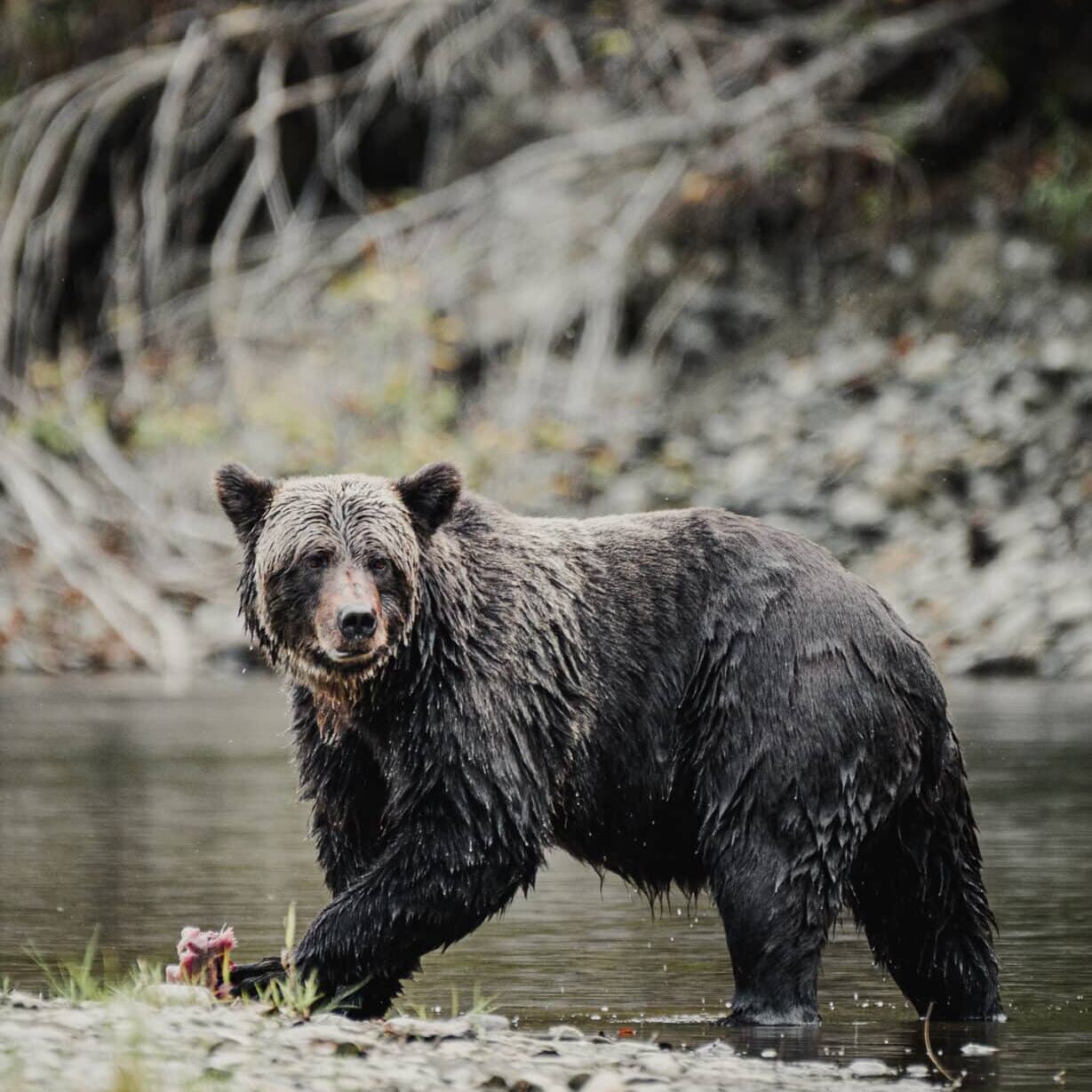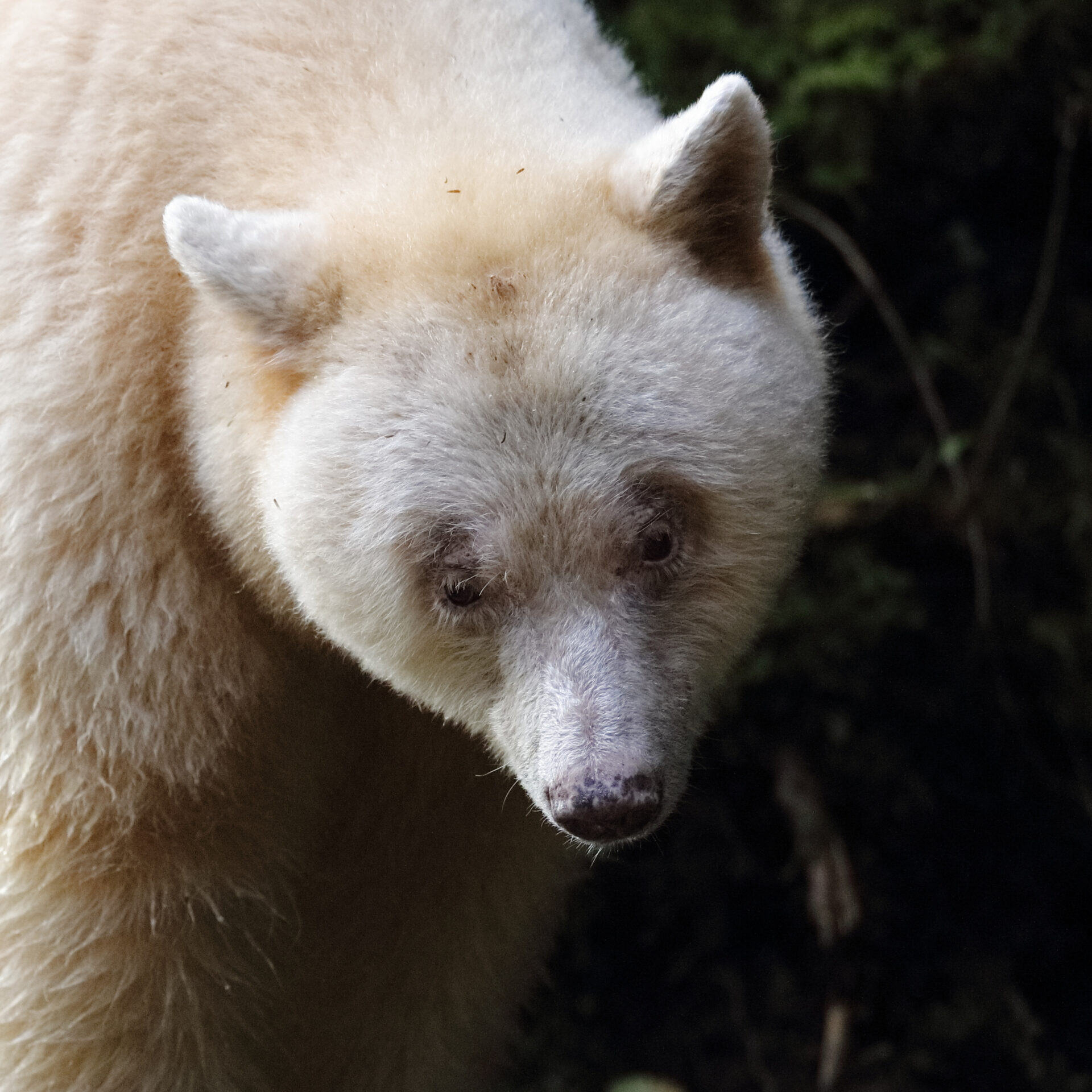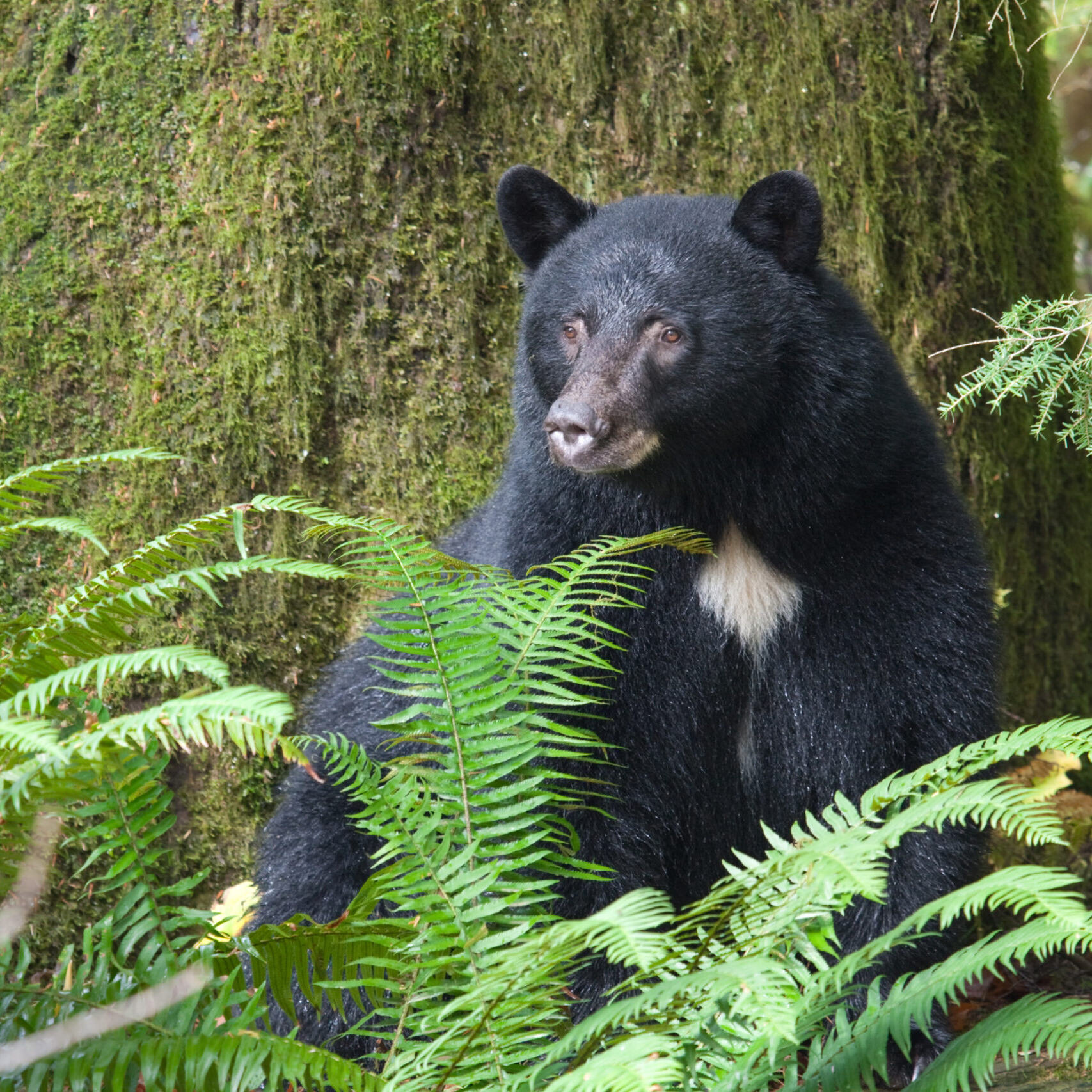LONG BEACH
NATURE JOURNAL
HOME > LONG BEACH NATURE JOURNAL > An Ethical & Educational Approach to Wildlife Viewing
An Ethical & Educational Approach to Wildlife Viewing
Nestled within the breathtaking landscapes of British Columbia lies a wildlife viewing experience that brings visitors from all over the world with their telephoto lens in hand, excited to capture a glimpse of a bear in the wild. In various locations across the province, commercial bear viewing focuses on a variety of types of bears including grizzly bears (ursus arctos), the Spirit Bear or Kermode Bear (ursus americanus kermodei) and Vancouver Island’s Black Bear (ursus americaus vancouveri). BC is one of the world’s last places to see wild bears in their natural habitat.



With the ever increasing pressure of tourism, the Commercial Bear Viewing Association of BC (CBVA) was formed to promote sustainable bear viewing in British Columbia and aid in the protection of wild bears and their ecosystems. According to the 2014 Global Report on Adventure Tourism by the World Tourism Organization, adventure travelers prioritize destinations with natural beauty, seeking out pristine, wild, and distinctive environments. However, as more tourists visit untouched natural areas without proper guidelines, it can distress animals and degrade their habitats. Responsible wildlife viewing requires individuals, groups, and tour operators to ensure their actions don't disrupt animals' normal behavior. One of the key pillars of the CBVA's ethos is responsible tourism. Unlike traditional wildlife encounters that prioritize entertainment over conservation, the CBVA places the well-being of bears and their habitats at the forefront of every endeavor. By adhering to strict guidelines, and regulations, such as maintaining a safe distance from the bears and minimizing human impact on their environment, the association ensures that the welfare of the bears remains uncompromised.

In natural environments, there's no guarantee of seeing animals, yet visitors often form unrealistic expectations from brochures and ads before even consulting tour operators. The media plays a significant role, showcasing thrilling images of close encounters with wildlife, like whales breaching beside kayaks or bears near humans, often with misleading narratives. This portrayal fuels the desire for risky "up close and personal" experiences. However, wild animals don't perform for humans as portrayed. Unfortunately, such sensationalized marketing encourages unethical wildlife viewing practices, leading to harm to animals, misinformation, and a challenge for ethical companies to counteract these narratives and guide consumers towards responsible choices.
The Commercial Bear Viewing Strategy
The CBVA established the Commercial Bear Viewing Strategy providing guidance and recommendations for bear viewing throughout the province. The strategy includes guidance for viewing bears in a way that reduces viewer’s influence on bears and the development of area-based viewing plans to ensure a healthy and sustainable wildlife tourism industry in British Columbia. This has also led to the development of The Grizzly Bear Stewardship Framework which is the first document of its kind in British Columbia, and has the potential to be world-leading in setting an example for how wildlife stewardship should be done. This Framework is “intended to provide guidance for the consideration of grizzly bear values for proponents, decision makers, and participants on initiatives related to land and resource planning to inform local decisions, and enables amendments to policy, legislation, and programs related to grizzly bears.” The Framework will support the preparation of regional grizzly bear stewardship plans.
The CBVA established the Commercial Bear Viewing Strategy providing guidance and recommendations for bear viewing throughout the province. The strategy includes guidance for viewing bears in a way that reduces viewer’s influence on bears and the development of area-based viewing plans to ensure a healthy and sustainable wildlife tourism industry in British Columbia. This has also led to the development of The Grizzly Bear Stewardship Framework which is the first document of its kind in British Columbia, and has the potential to be world-leading in setting an example for how wildlife stewardship should be done. This Framework is “intended to provide guidance for the consideration of grizzly bear values for proponents, decision makers, and participants on initiatives related to land and resource planning to inform local decisions, and enables amendments to policy, legislation, and programs related to grizzly bears.” The Framework will support the preparation of regional grizzly bear stewardship plans.
In conclusion, the Commercial Bear Viewing Association of BC stands as a shining example of responsible wildlife tourism. By prioritizing conservation, education, and community engagement, the CBVA is paving the way for a more sustainable approach to bear viewing. Through their efforts, visitors are not only treated to awe-inspiring encounters with bears but are also empowered to become advocates for their protection and preservation. In a world where wildlife faces unprecedented threats, organizations like the CBVA, their certified members and guides, serve as beacons of hope, reminding us of the importance of coexisting harmoniously with the natural world. The Wilderness Tourism Association of British Columbia emphasizes the importance of environmental responsibility in wilderness tourism across the province. They stress that operators are increasingly adopting practices to sustain both the industry and the natural environment it relies upon. With the growing number of tour operators in British Columbia, it's crucial for visitors interested in wildlife viewing to conduct thorough research. A trustworthy tour operator will not only follow guidelines for responsible wildlife viewing but also educate guests on why these practices matter. When inquiring about tours, visitors should consider factors such as guide training, qualifications, company principles, and approach. For those interested in wildlife photography, operators should highlight the benefits of using cameras with zoom or telephoto lenses to adhere to minimum distance regulations, and they should always provide binoculars for viewing.
In conclusion, the Commercial Bear Viewing Association of BC stands as a shining example of responsible wildlife tourism. By prioritizing conservation, education, and community engagement, the CBVA is paving the way for a more sustainable approach to bear viewing. Through their efforts, visitors are not only treated to awe-inspiring encounters with bears but are also empowered to become advocates for their protection and preservation. In a world where wildlife faces unprecedented threats, organizations like the CBVA, their certified members and guides, serve as beacons of hope, reminding us of the importance of coexisting harmoniously with the natural world. The Wilderness Tourism Association of British Columbia emphasizes the importance of environmental responsibility in wilderness tourism across the province. They stress that operators are increasingly adopting practices to sustain both the industry and the natural environment it relies upon. With the growing number of tour operators in British Columbia, it's crucial for visitors interested in wildlife viewing to conduct thorough research. A trustworthy tour operator will not only follow guidelines for responsible wildlife viewing but also educate guests on why these practices matter. When inquiring about tours, visitors should consider factors such as guide training, qualifications, company principles, and approach. For those interested in wildlife photography, operators should highlight the benefits of using cameras with zoom or telephoto lenses to adhere to minimum distance regulations, and they should always provide binoculars for viewing.

Before you book your next BC bear viewing adventure tour, ensure that the tour company you choose is a member of the CBVA and the guides they employ are certified. Be sure to visit our member page to see what the possibilities might be for your next adventure in the company of wild bears!Visit https://www.bearviewing.ca/ to learn more.
Before you book your next BC bear viewing adventure tour, ensure that the tour company you choose is a member of the CBVA and the guides they employ are certified. Be sure to visit our member page to see what the possibilities might be for your next adventure in the company of wild bears!
